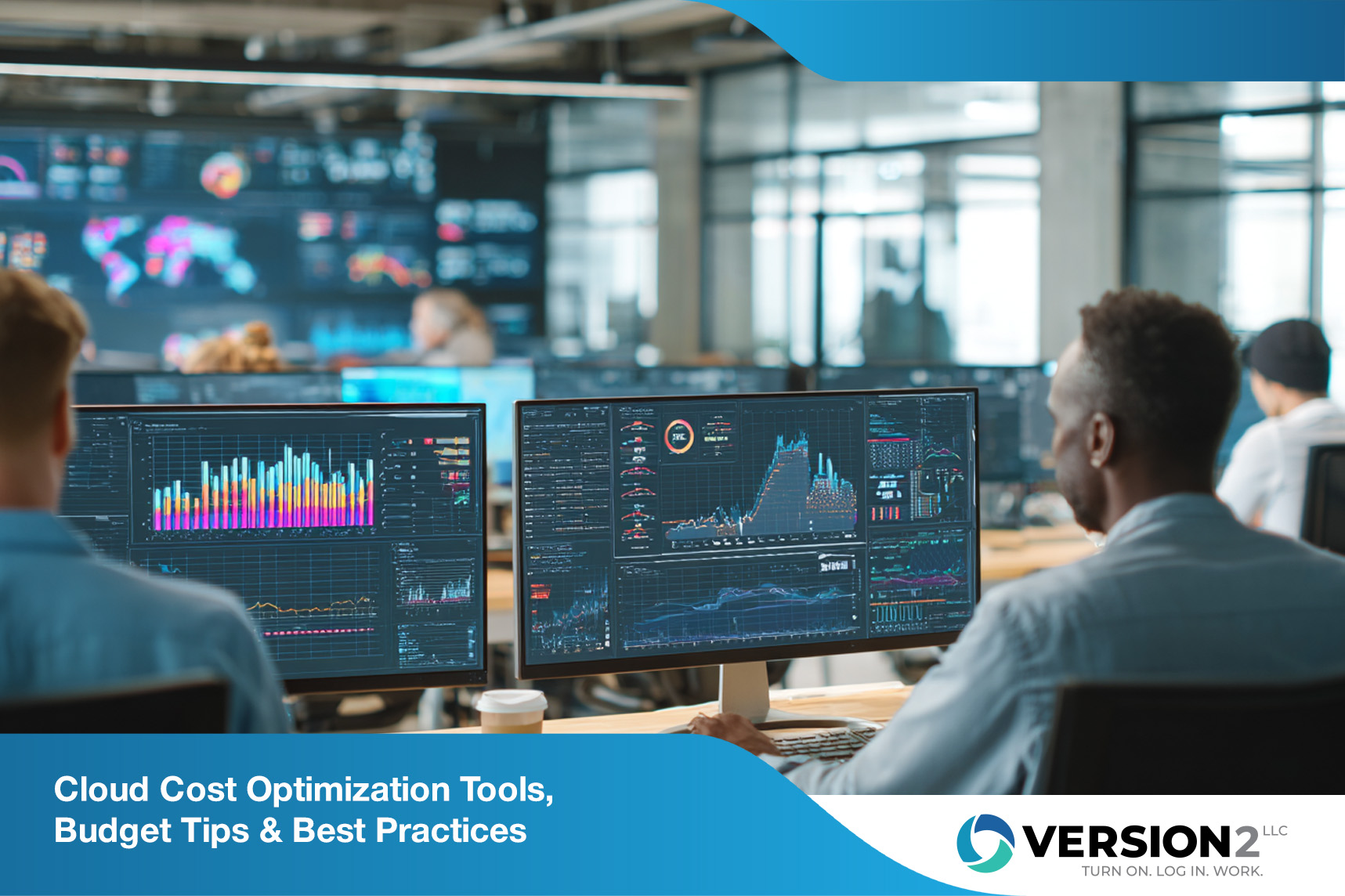
October 29, 2025
Cloud Cost Optimization Tools, Budget Tips & Best Practices
Explore cloud cost optimization strategies, tools, and best practices to reduce waste, manage cloud spend, and improve visibility across your cloud environment.
October 30, 2025
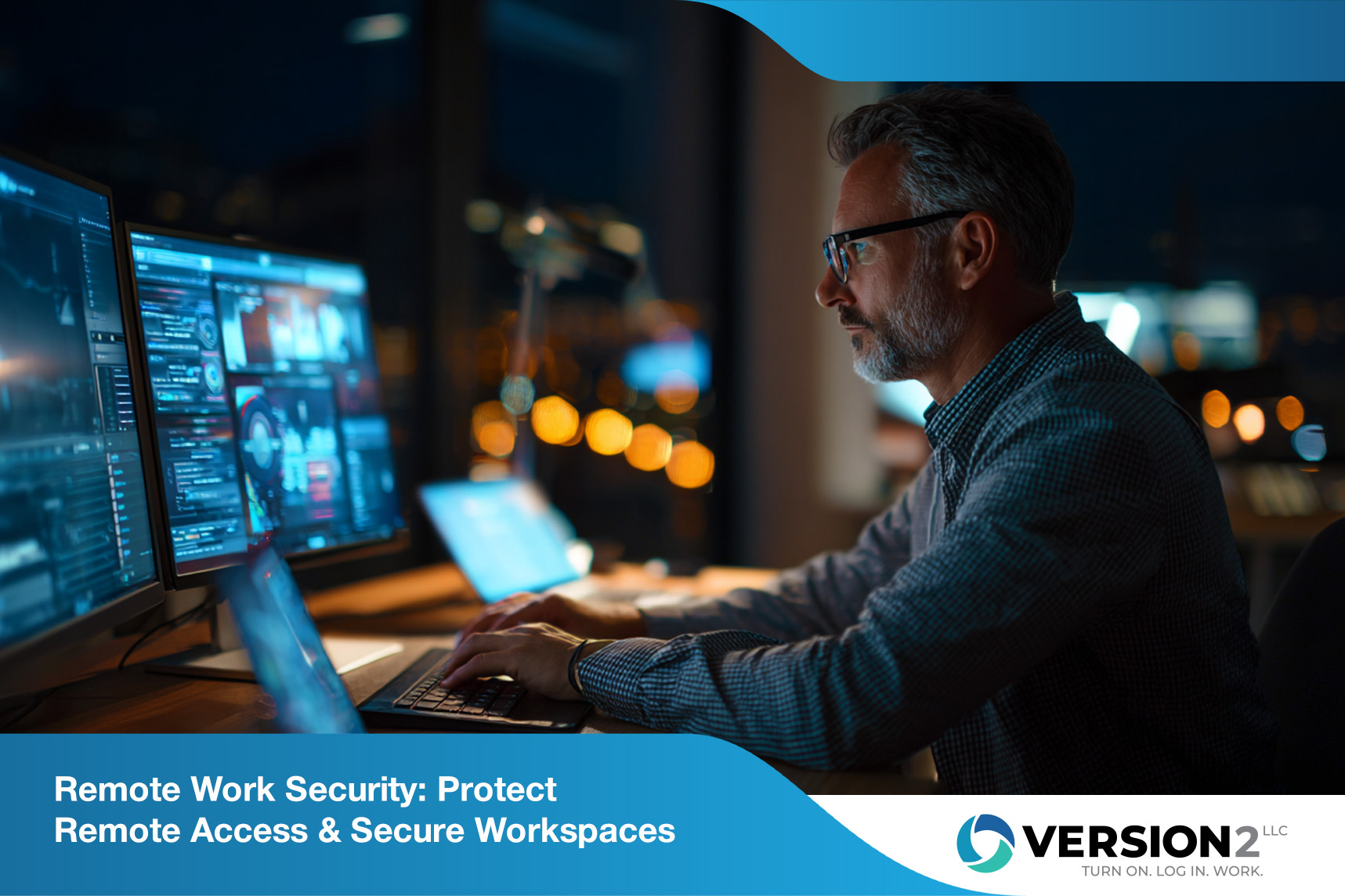
Remote work security is no longer optional—it's a necessity. As more businesses shift to hybrid or fully remote models, the risk of data breaches, ransomware, and unauthorized access grows. In this blog, you'll learn what remote work security means, the most common threats, and how to protect your team. We'll also walk through best practices, tools, and policies to help you secure your devices, network, and data while working from home or on the go. Topics include VPN use, multi-factor authentication (MFA), endpoint protection, and how to avoid phishing scams.
Remote work security refers to the policies, tools, and practices that protect your business data when employees work outside the office. This includes securing devices, encrypting data, and controlling who can access what. Without proper safeguards, remote work can open the door to cyberattacks, data leaks, and compliance issues.
When employees work remotely, they often use personal or unmanaged devices, connect through public Wi-Fi, or access company systems without proper authentication. These behaviors increase cybersecurity risks. That's why it's important to have a clear strategy that includes secure remote access, strong passwords, and regular software patching. A virtual private network (VPN) is also a key tool to protect data in transit.
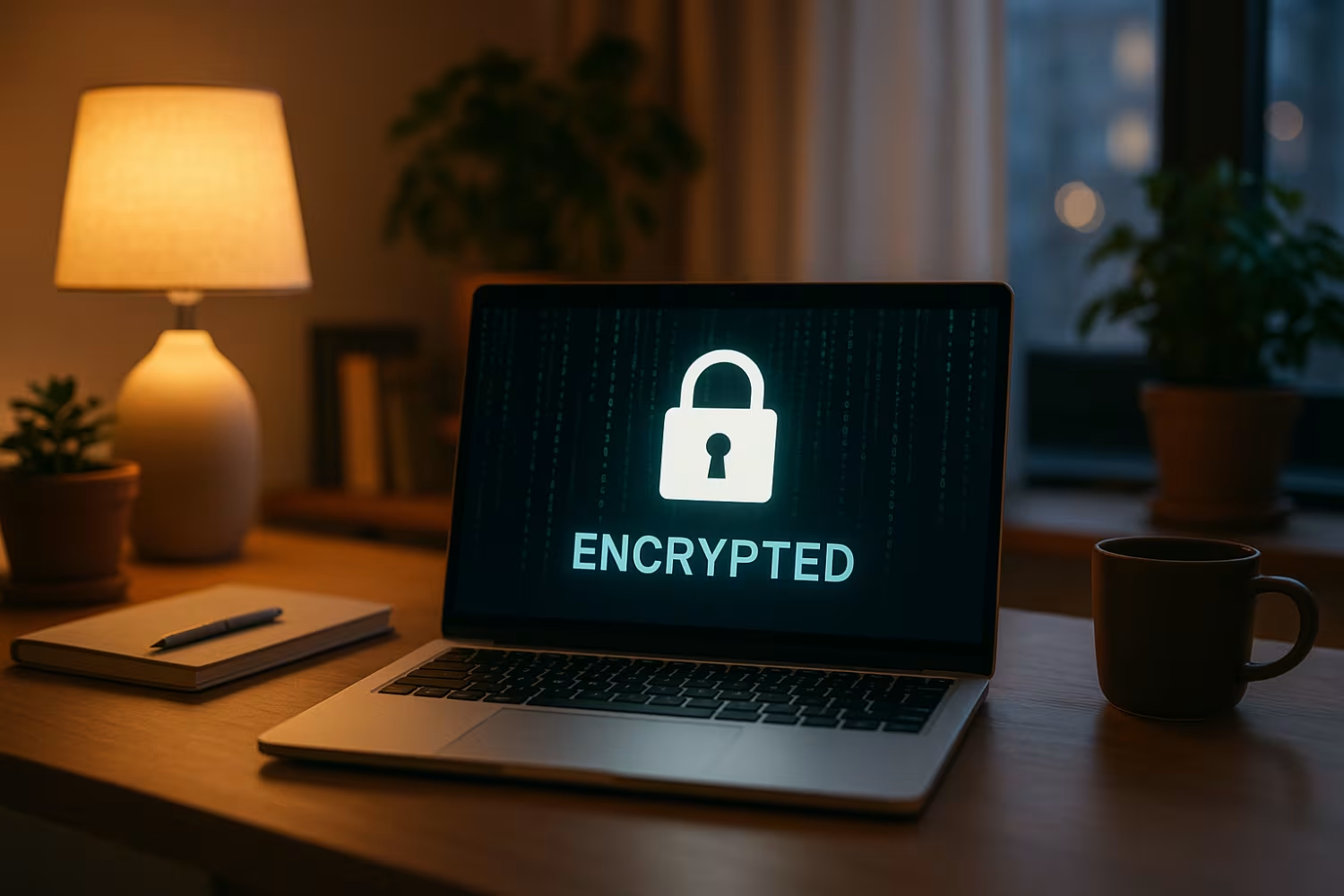
Even with the right tools, small missteps can lead to big problems. Here are the most common mistakes businesses make when trying to secure remote work environments.
If remote workers use personal laptops or phones without security controls, your data is at risk. Devices should have antivirus software, firewalls, and encryption enabled. It's also important to manage updates and patches.
Using the same password across multiple platforms is a major vulnerability. Encourage employees to use strong, unique passwords and consider a password manager to help them keep track.
MFA adds an extra layer of protection by requiring a second form of authentication. Without it, a stolen password could give hackers full access to your systems.
Working from public Wi-Fi without a VPN can expose sensitive data. A VPN encrypts internet traffic, making it harder for attackers to intercept information.
Many breaches happen because someone clicked a phishing email or downloaded a malicious app. Regular cybersecurity training helps remote employees spot threats and respond correctly.
Not everyone needs access to every system. Use role-based access to limit exposure and reduce the chance of internal or external compromise.
If something goes wrong, your team needs to know what to do. A clear plan helps you respond quickly and minimize damage.
Securing your remote environment brings more than just peace of mind. Here’s what you gain:

When employees work remotely, they need to connect to internal systems, apps, and files. But without secure access, this connection can be a weak point. Using tools like VPNs, endpoint protection, and cloud storage with encryption helps ensure that only authorized users can reach your data.
Secure access also includes monitoring and logging activity. This helps IT teams detect unusual behavior and respond quickly. It’s not just about keeping hackers out—it’s about knowing what’s happening inside your network, too.
Securing your remote setup isn’t just about one tool—it’s about combining the right strategies. Here are the key components to consider.
A VPN encrypts data between the user and your systems. This is especially important when using public Wi-Fi or working from home networks that may not be secure.
MFA requires users to verify their identity with more than just a password. This could be a code sent to their phone or a fingerprint scan.
Outdated software can have known vulnerabilities. Make sure all remote devices are set to automatically install patches and updates.
Endpoint protection tools monitor and protect individual devices. They can detect malware, block suspicious activity, and help IT teams respond in real time.
Encryption ensures that even if data is intercepted, it can’t be read without the proper key. This applies to files stored on devices and data sent over the internet.
Use tools that track login attempts, file access, and unusual behavior. This helps you spot threats early and take action before damage is done.
Even the best tools can’t stop human error. Regular training helps employees recognize phishing attempts, avoid risky behavior, and report issues quickly.

Trust is built when customers and employees know their data is safe. To maintain that trust, you need clear policies and reliable systems. Start by defining who can access what, and how. Use secure authentication methods, encrypt data, and regularly review permissions.
Compliance is another key consideration. Depending on your industry, you may need to follow rules like HIPAA or PCI-DSS. These often require secure remote access, data encryption, and regular audits. Working with an IT provider can help you stay compliant without adding extra work for your team.
To keep your business secure while supporting remote work, follow these best practices:
Following these steps helps you reduce risk and build a secure remote work environment.

Are you a business with 10 to 100 employees looking to improve your remote work security? If you're growing and need a reliable way to protect your team while they work remotely, we can help. Our solutions are designed to support businesses like yours with practical, scalable tools.
We understand the challenges of securing remote access, managing devices, and staying compliant. Our team will work with you to build a security plan that fits your needs—without slowing down your operations. Contact Us today to get started.
Start by requiring antivirus software and firewalls on all personal devices. Make sure employees use strong passwords and enable encryption. You should also require VPN access and multi-factor authentication to protect company data.
Using a VPN helps encrypt data sent over public or home Wi-Fi. It's also smart to limit access to sensitive systems based on job roles. Regularly verify that devices are updated and patched to reduce cybersecurity risks.
Use role-based access controls to give employees only the permissions they need. This reduces the chance of accidental or malicious compromise. Monitor login activity and set alerts for unusual behavior.
A virtual private network (VPN) adds a secure layer between remote devices and your internal systems. You should also consider endpoint protection tools that track and manage access in real time.
Train employees to recognize phishing emails and avoid clicking unknown links. Use email filters to block suspicious messages before they reach inboxes. Regular training helps keep security top of mind.
Multi-factor authentication adds another layer of protection if credentials are stolen. You can also use apps that scan for malware and alert users to threats. Keeping devices updated helps patch known vulnerabilities.
Start with a VPN to encrypt traffic. Add multi-factor authentication to verify user identity. Use endpoint protection to monitor devices and block threats.
Cloud storage with built-in encryption is also useful for sharing files securely. Make sure all apps and systems are patched regularly. These tools work together to create a secure remote environment.
Devices should be updated as soon as patches are available. Set systems to auto-update when possible. This helps close security gaps quickly.
Regular patching reduces the risk of malware and ransomware attacks. It’s also a best practice to verify that all remote devices meet your security standards before allowing access to sensitive systems.
Encryption protects data by making it unreadable without the right key. This is essential when data is stored on devices or sent over the internet.
Use full-disk encryption on laptops and encrypt files stored in cloud storage. A virtual private network (VPN) also encrypts traffic. These steps help maintain trust and protect sensitive information from compromise.

October 29, 2025
Explore cloud cost optimization strategies, tools, and best practices to reduce waste, manage cloud spend, and improve visibility across your cloud environment.
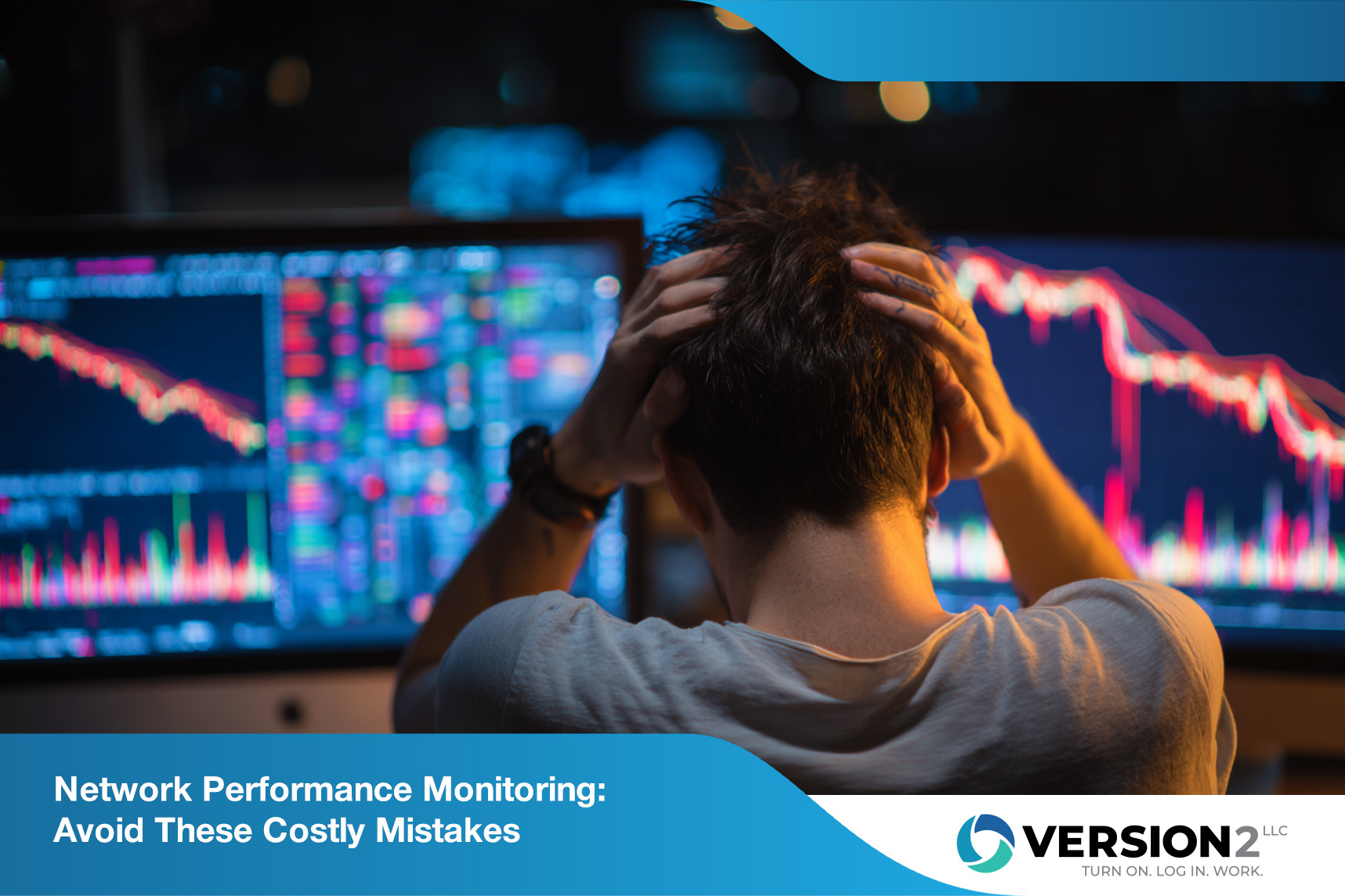
October 28, 2025
Discover how network performance monitoring helps detect issues, improve visibility, and optimize connectivity across hybrid and on-premises environments.
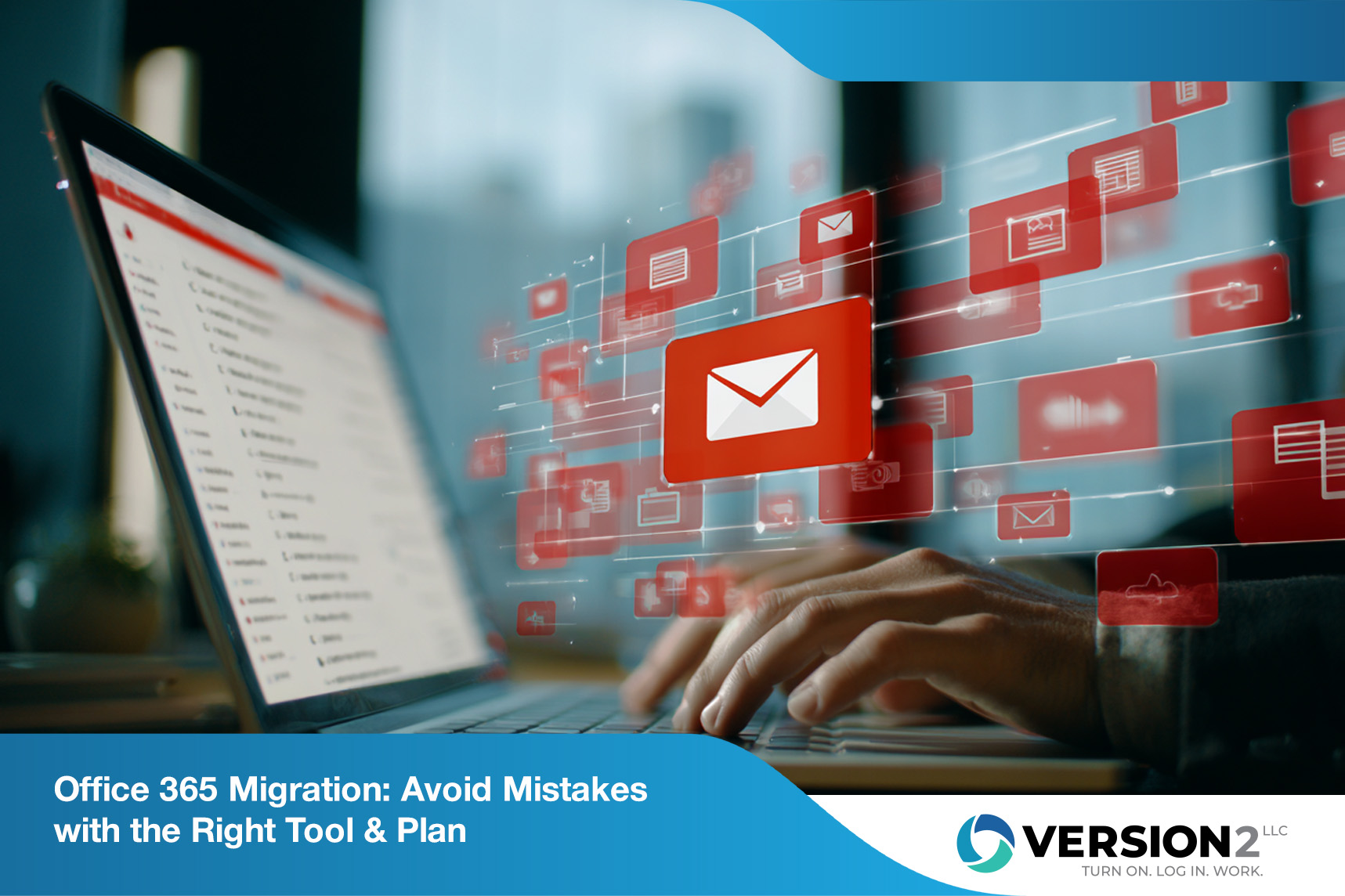
October 28, 2025
Learn how to plan and execute a smooth office 365 migration using the right tools, avoiding common mistakes, and following a proven checklist.